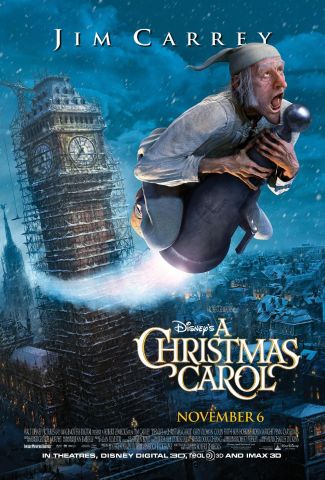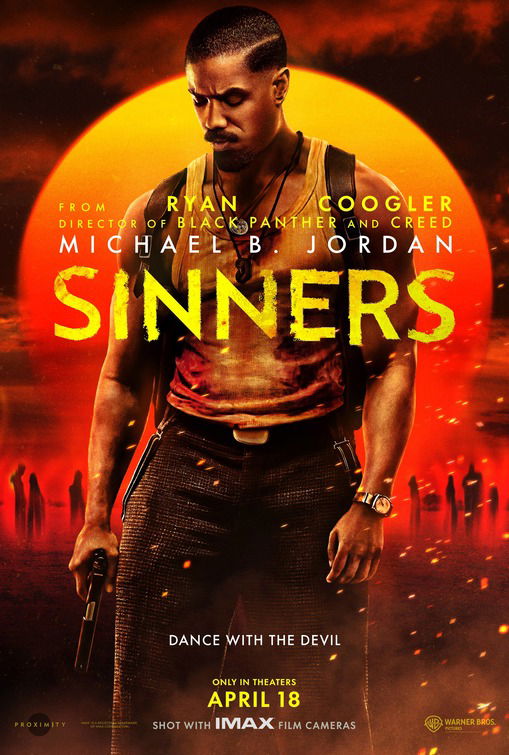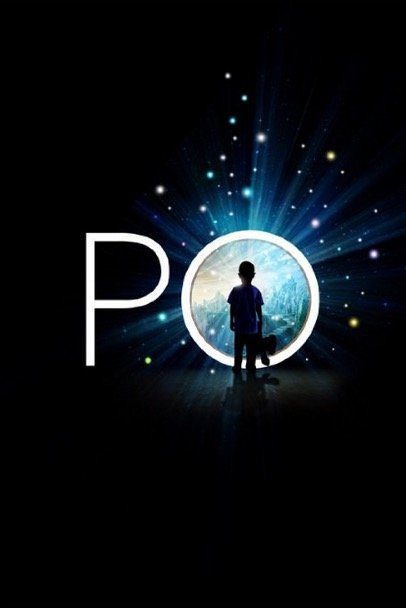"Weird Genre Smashup with a False Politically Correct Message"

| None | Light | Moderate | Heavy | |
|---|---|---|---|---|
| Language | ||||
| Violence | ||||
| Sex | ||||
| Nudity |
What You Need To Know:
SINNERS starts out as a period drama but turns out to be a bloody vampire movie. Michael B. Jordan plays two black veterans, Smoke and Stack, from World War I. The brothers return to their home in rural Mississippi in 1932 after earning lots of money working for Al Capone in Chicago. They want to take their ill-gotten gains and run the best juke joint in miles around starring their talented cousin, Sammie, a blues guitarist. However, their new juke joint is invaded by three white vampires singing Irish folk ballads who are trying to snag the soul of their cousin. Violent chaos ensues
SINNERS is a metaphorical, racist horror movie claiming that white people always steal black folk music. This is false revisionist liberal/leftist history that dishonors the real history of popular American music, which has white European and country as well as black rhythm and blues roots. SINNERS also has lots of strong gratuitous foul language, bloody violence and two brief sex scenes. It’s slightly mitigated, however, by some light Christian references to an afterlife and a gospel, biblical song.
Content:
More Detail:
SINNERS turns out to be a bloody vampire movie about two black brothers in rural Mississippi in 1932 who, after earning lots of money working for Al Capone in Chicago, find their new juke joint invaded by three white vampires singing Irish folk ballads who are trying to snag the soul of their cousin, a blues player with a great future. SINNERS is a metaphorical, racist horror movie claiming that white people always steal black folk music, with lots of strong foul language, bloody violence and two sex scenes.
Michael B. Jordan stars in the movie as two twin brothers, Smoke and Stack. The brothers left their rural town to serve in World War I, then lived in Chicago, where they became part of Al Capone’s alcohol bootlegging outfit. They’ve returned home in 1932 to start a juke joint. They buy a large barn and some land from a white businessman. They also recruit their young cousin, Sammie, an amazing blues guitarist, to play at their place.
With Sammy in tow, Stack also recruits Delta Slim, an alcoholic harmonica player. Meanwhile, Smoke visits an old girlfriend, Annie, and the gravesite of their son who died in childbirth.
That night, the grand opening of the juke joint is going extremely well, with drinking and lots of music. However, the revelry gets interrupted by three white Southern vampires singing Irish folk ballads and asking to be invited into the place. Violent chaos ensues.
SINNERS is a weird genre smashup. It starts off as a rural drama about black empowerment in the Segregationist South, with a subplot about the local Asian grocer who’s become part of the community. Then, it turns into a crazy horror movie about white vampires.
The one thread that runs through both is the movie’s musical theme, which focuses on Sammie. In the movie’s beginning, Sammie’s father, admonishes him before the father’s church congregation for opening himself up to the Devil for singing the blues. However, during the movie’s vampire section, the movie’s musical premise shifts from the condition of Sammie’s soul to a political premise about white people, represented by the singing white vampires, appropriating and even stealing black people’s music. For example, at one point, the white leader of the vampires tells the people inside the juke joint that, if they give Sammie to them, they will let the other people go free. Also, the movie reveals that, when the vampires take a victim, they absorb the victim’s memories, knowledge and abilities.
Ultimately, therefore, SINNERS is a metaphorical story about the liberal/leftist claim that white people immorally appropriated or stole black people’s music to get rich. In this revisionist history, white people are always stealing black folk music, such as ragtime, blues and jazz. Rock and Roll is actually just a marketing term, but white rock singers and bands, from Elvis Presley and the Rolling Stones to Led Zeppelin and Eric Clapton, are particularly accused of stealing black rhythm and blues, aka R&B. Writer/Director Ryan Coogler of SINNERS seems to be promoting this claim with this movie.
However, this claim is based on some major lies. First of all, for example, rock music is actually a combination of different kinds of folk music, not only black blues and R&B but also country blues, bluegrass music, country and western music, Elizabethan and English musical harmonies and structures, and Celtic folk music. There’s a good argument, in fact, that the first recorded rock song was actually “Move It On Over” by country music star Hank Williams in 1947. Also, the famous black singer Chuck Berry, often considered the Father of Rock and Roll, had his first big hit in 1955 with “Maybelline,” but the tune he used is from a western swing song! Elvis Presley was discovered by the founder of Sun Records, Sam Phillips, in 1954, but Sam’s personal goal with his record company was to unite popular white music and popular black music. So, when Elvis took the country by storm in 1955 and 1956, it opened the door to many black artists singing blues, R&B and pop songs, getting recording deals and seeing their songs hit the top crossover charts too instead of just being confined to black communities. Also, many later rock artists like the Rolling Stones and Eric Clapton publicly acknowledged their debt to black R&B and blues artists like Muddy Water and BB King. It should also be noted that “country rock” and “Southern Rock” continue to be among the most popular kinds of rock music. Many male artists on the country charts today sing in that style. Finally, regarding earlier black folk music like ragtime, which developed into jazz, it should be noted that ragtime was popularized in the 1890s by a white vaudeville artist named Ben Harney. Now, Harney was a minstrel performer and often performed in blackface. However, he died destitute when ragtime music faded, even though he wrote many of his own ragtime songs with another man. The most famous black ragtime artist was, of course, Scott Joplin, but he also died destitute in 1917 after suffering the effects of a sexually transmitted disease contracted in 1903 or so and being committed to a mental institution. Black ragtime artists like Irving Jones and W. C. Handy fared better, however. Also, the most influential jazz concert was performed by white artist Benny Goodman and his band at Carnegie Hall in 1938. That concert helped make jazz popular throughout the whole United States. So, it helped both white and black jazz artists. Finally, if you go back to the apparent origins of ragtime music, the pre-slavery South, you’ll find out that plantation slaves held dance events called “rags.” The dances included reels, jigs and Scottish folk dances, which are primarily European, but were probably at least partly filled with African dances and sounds. However, the instruments used in these dances consisted of a banjo and a fiddle. All that said, ragtime is not considered a purely black music but a combination of African music and classical European music, with a Spanish tango rhythm sometimes added.
So, there’s no massive “stealing” happening here. Just an often beautiful and wonderful combination of cultural integration, developed in a capitalist, free market system that benefitted many people of different ethnicities.
Aside from its racist historical revisionism, SINNERS also has lots of strong foul language and lots of extreme bloody violence. It also has a depicted fornication scene and a depicted adulterous sex scene, plus some suggestive dancing.
However, one scene at the end of SINNERS acknowledges some kind of heavenly afterlife when a dying Smoke has a vision of his dead girlfriend reunited with their baby son who died in childbirth. Also, a post-credit scene shows Sammie singing the Christian hymn, “This Little Light of Mine,” a song that uses something that Jesus said in the New Testament. Also, one character sacrifices his life and soul to save two other people. So, the movie’s politically correct paganism is slightly mitigated by light Christan, biblical content.



 - Content:
- Content: 



